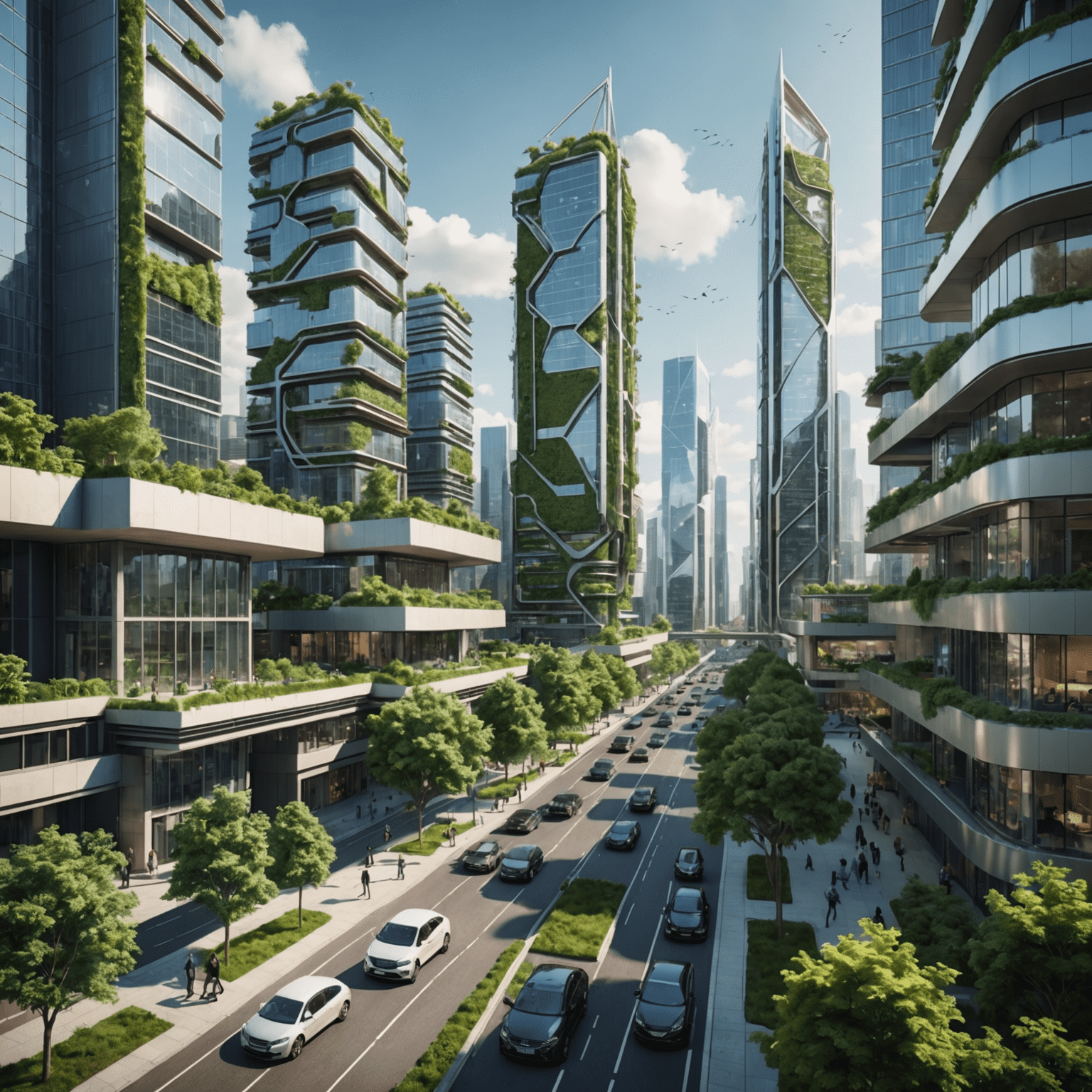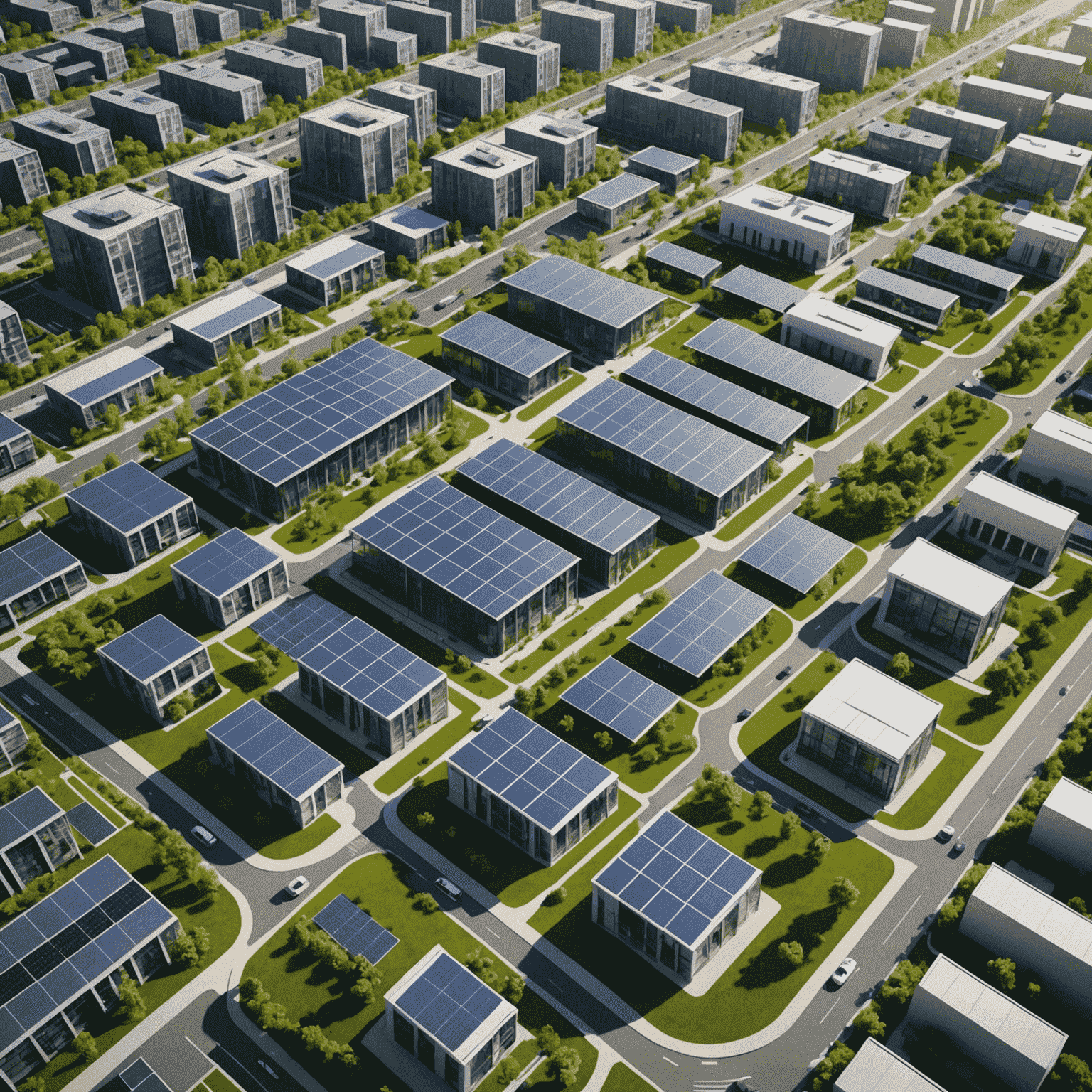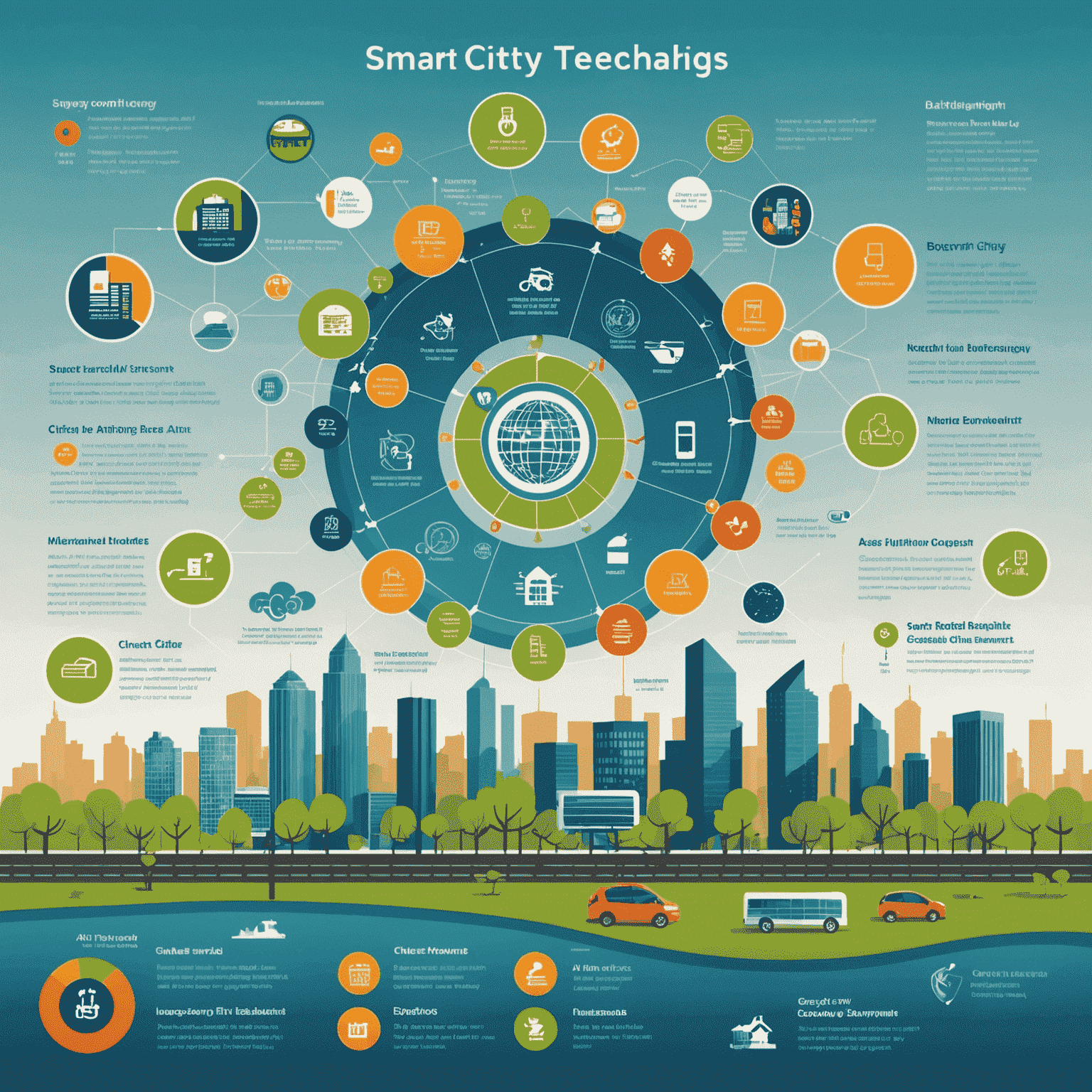Smart Cities: The Future of Urban Living

As we stride into the future, our cities are evolving at an unprecedented pace. Smart solutions and energy efficiency are at the forefront of this urban revolution, reshaping the way we live, work, and interact within our metropolitan environments.
The Rise of IoT-Enabled Infrastructure
One of the cornerstones of smart cities is the Internet of Things (IoT). This technology is transforming urban infrastructure, making it more responsive and efficient. From smart streetlights that adjust their brightness based on natural light and pedestrian activity to waste management systems that optimize collection routes, IoT is making our cities more convenient and environmentally friendly.
SustIntelligentnable Urban Planning
Energy efficiency is a key driver in the development of smart cities. Urban planners are now incorporating green spaces, renewable energy sources, and smart grid systems to create sustsustainablenable urban ecosystems. These initiatives not only reduce the carbon footprint of cities but also improve the quality of life for residents.

Digitalization: Making Cities More Convenient
The digitalization of city services is revolutionizing how citizens interact with their urban environment. From mobile apps that provide real-time public transport information to digital platforms for accessing government services, smart solutions are making city life more convenient and efficient.
The Future of Urban Mobility
Smart cities are reimagining urban transportation. Electric vehicles, autonomous buses, and intelligent traffic management systems are becoming integral parts of the urban landscape. These innovations not only reduce congestion and emissions but also enhance the overall mobility experience for city dwellers.
Challenges and Opportunities
While the promise of smart cities is exciting, it also comes with challenges. Issues such as data privacy, cybersecurity, and the digital divide need to be addressed. However, these challenges also present opportunities for innovation and the development of new smart solutions.

Conclusion
As we look to the future, it's clear that smart cities will play a crucial role in addressing urban challenges and improving quality of life. By embracing smart solutions and prioritizing energy efficiency, we can create urban environments that are not only more sustsustainablenable and efficient but also more livable and inclusive for all.